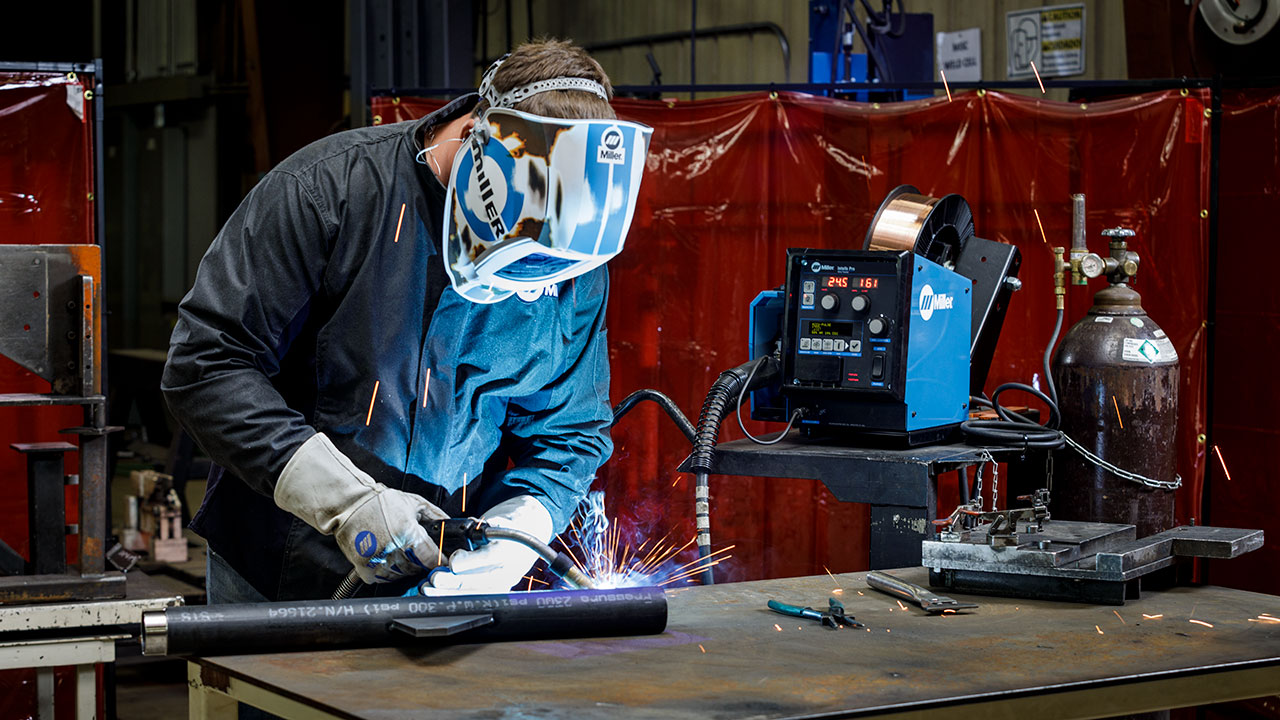The Ultimate Guide to Welding WPS Procedures: A Thorough Overview for Welders
In the detailed world of welding, Welding Procedure Requirements (WPS) offer as the backbone of ensuring top quality, consistency, and safety in welding procedures (welding WPS). As we dig right into the numerous components of a WPS and check out the complexities of qualification and qualification, we will reveal the vital role these procedures play in the realm of welding.
Relevance of WPS Procedures
Recognizing the importance of Welding Treatment Specifications (WPS) treatments is critical for making certain the top quality and stability of bonded structures. WPS procedures work as a roadmap for welders, outlining the necessary steps, specifications, and materials called for to achieve a sound weld. By sticking to WPS standards, welders can make certain consistency in their work, causing structurally audio and reputable welds.
Among the primary reasons that WPS procedures are important is their duty in maintaining weld high quality and stability. Complying with the defined welding specifications and techniques described in the WPS assists avoid problems such as porosity, breaking, or incomplete combination, which can compromise the toughness and longevity of the weld. Additionally, WPS procedures are important for making sure compliance with market requirements and codes. By following recognized WPS guidelines, welders can show that their work fulfills the needed demands for safety and quality, providing guarantee to clients, assessors, and governing bodies. Basically, the significance of WPS procedures can not be overstated, as they are basic to accomplishing regular, top notch welds that meet industry standards and requirements.

Components of a WPS
A Welding Treatment Specification (WPS) generally makes up vital parts that detail the particular requirements for carrying out a weld, making certain consistency and quality in the welding process. The essential components of a WPS consist of necessary variables such as base metals, filler steels, preheat and interpass temperature levels, welding procedures, securing gases, welding settings, and post-weld warmth treatment demands.
Base metals refer to the products being signed up with, while filler steels are made use of to fill the void between the base steels throughout welding. The welding procedure outlines the certain method to be used, whether it's gas metal arc welding (GMAW), secured metal arc welding (SMAW), or one more approach. Welding settings specify the positionings in which welding can be performed.

Credentials and Qualification
Having established the essential parts of a Welding Procedure Specification (WPS), the focus currently moves towards the crucial elements of credentials and qualification in welding practices.

Qualification, on the various other hand, is the formal acknowledgment of a welder's credentials by a relevant accreditation body or company. Welding qualifications are typically based on the certain welding processes, materials, and settings a welder is qualified to deal with. Holding a legitimate welding accreditation shows that a welder fulfills industry requirements and is skilled to perform welding jobs to the needed specs.
Developing a WPS
To establish a Welding Treatment Specification (WPS) that fulfills industry requirements, cautious factor to consider of welding procedures, products, and operational criteria is crucial. The first step in developing a WPS is to recognize the welding process to be utilized, such as gas metal arc welding (GMAW) or shielded metal arc welding (SMAW)

Implementing and Checking WPS
Upon finalizing the extensive Welding Procedure Spec (WPS) that carefully details welding procedures, products, operational specifications, and top quality guarantee steps, the focus moves to effectively implementing and keeping an eye on the recognized treatments. Implementation involves making certain that all welders included in the project are familiar with the WPS and follow it meticulously throughout the welding procedure. Effective implementation and surveillance of the WPS are critical for guaranteeing the stability, toughness, and security of the welded joints, inevitably contributing to the total success of the welding job.
Conclusion
To conclude, understanding and following Welding Treatment Requirements (WPS) is important for welders to guarantee top quality, consistency, and safety in their work. By recognizing the components of a WPS, obtaining correct certifications and accreditations, developing in-depth procedures, and carrying out and monitoring them successfully, welders can Going Here improve their abilities and effectiveness in welding methods. Abiding by WPS procedures is vital for creating high-quality welds and conference industry requirements.
In the detailed globe of welding, Welding Procedure Requirements (WPS) offer as the foundation of making sure top quality, consistency, and safety and security in welding procedures. The welding process details the certain method to be utilized, whether it's gas steel arc welding (GMAW), secured steel arc welding (SMAW), or another approach.To establish a Welding Procedure Spec (WPS) that meets sector criteria, mindful factor to consider of welding processes, materials, and functional specifications is crucial. The first action in creating a WPS is to recognize the welding procedure to be utilized, such as gas steel arc welding (GMAW) or protected metal arc welding (SMAW)Upon wrapping up the comprehensive Welding Treatment Specification (WPS) that thoroughly information welding procedures, products, operational parameters, and high quality guarantee procedures, the focus changes to successfully carrying out and monitoring the well-known procedures.